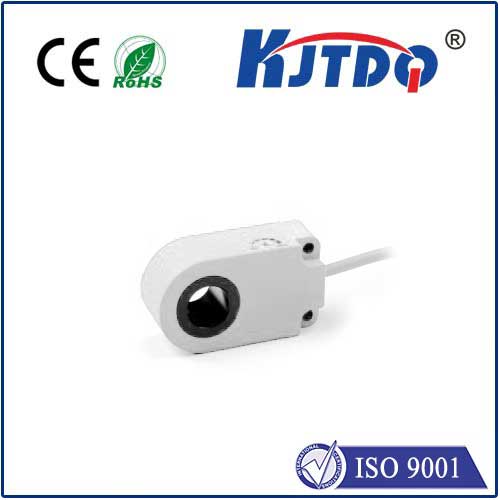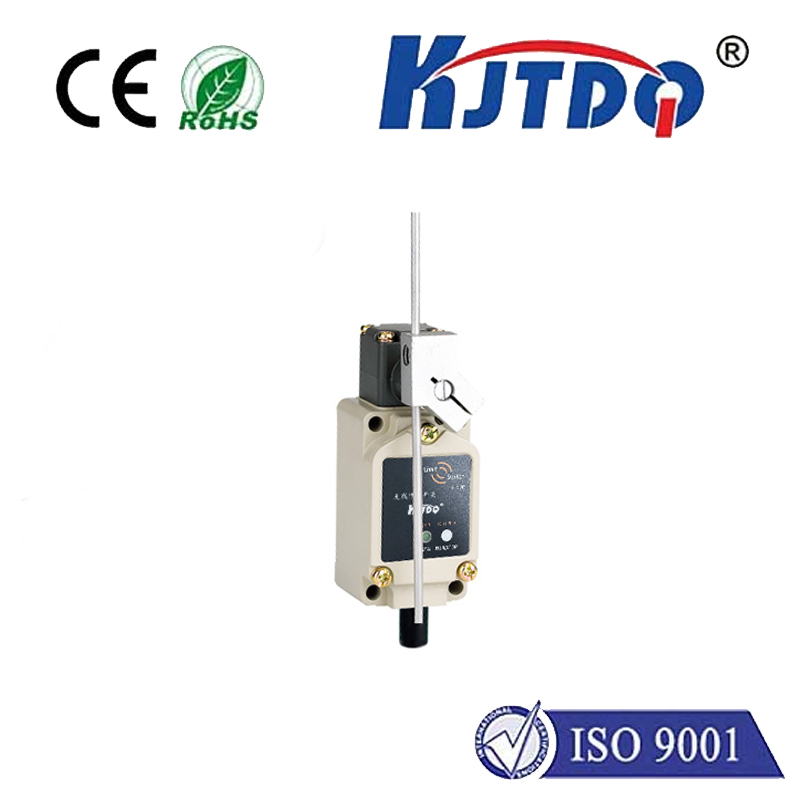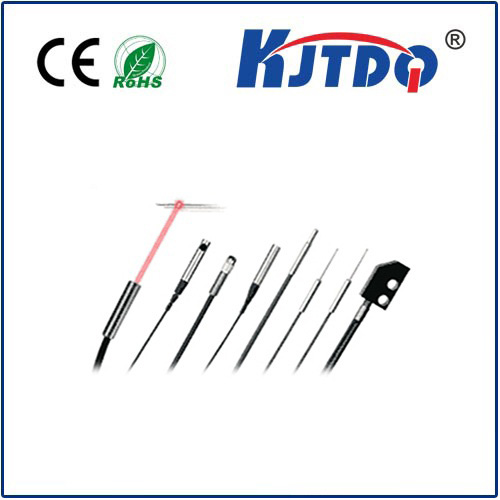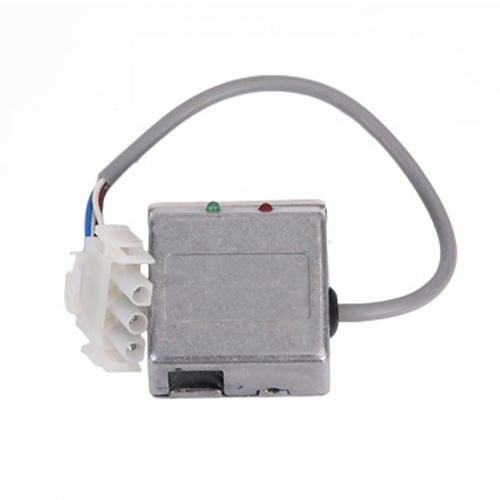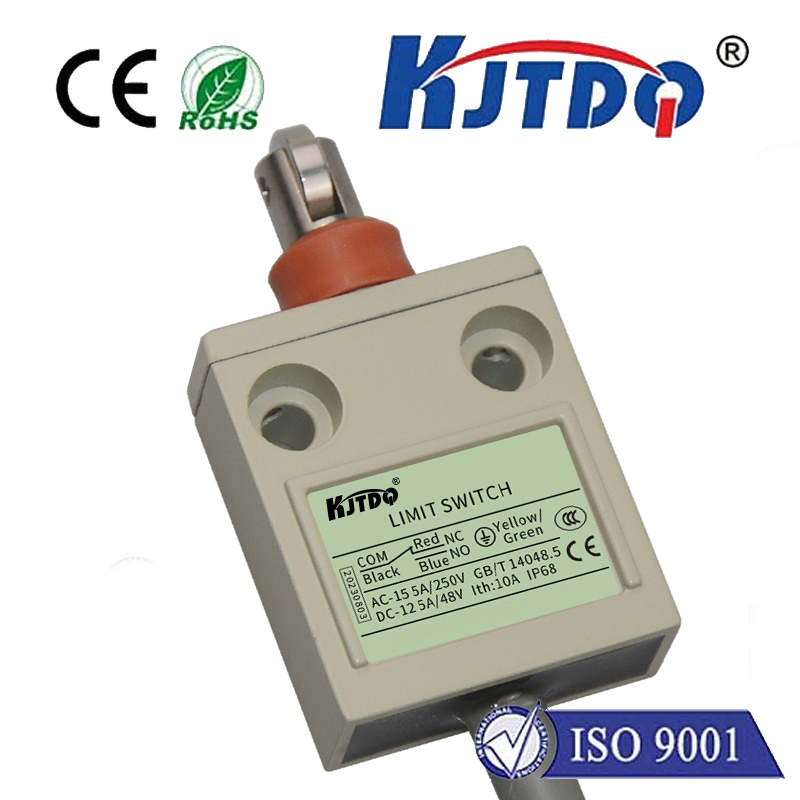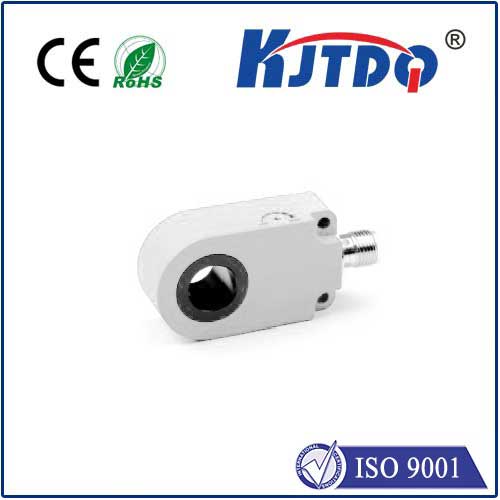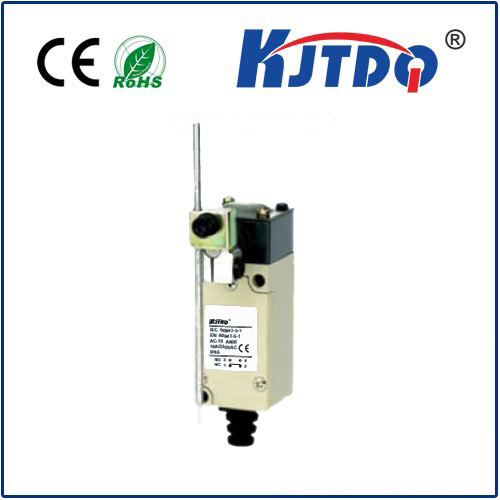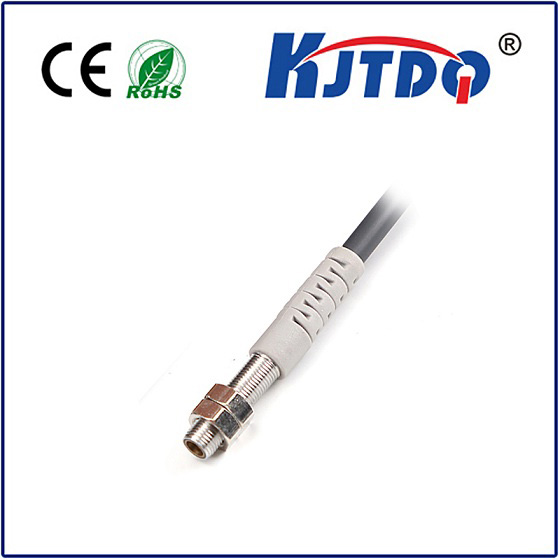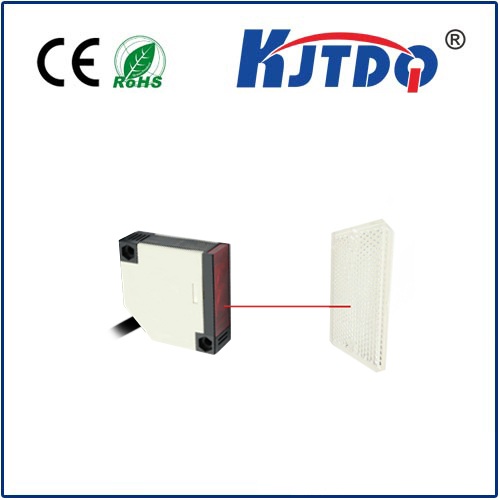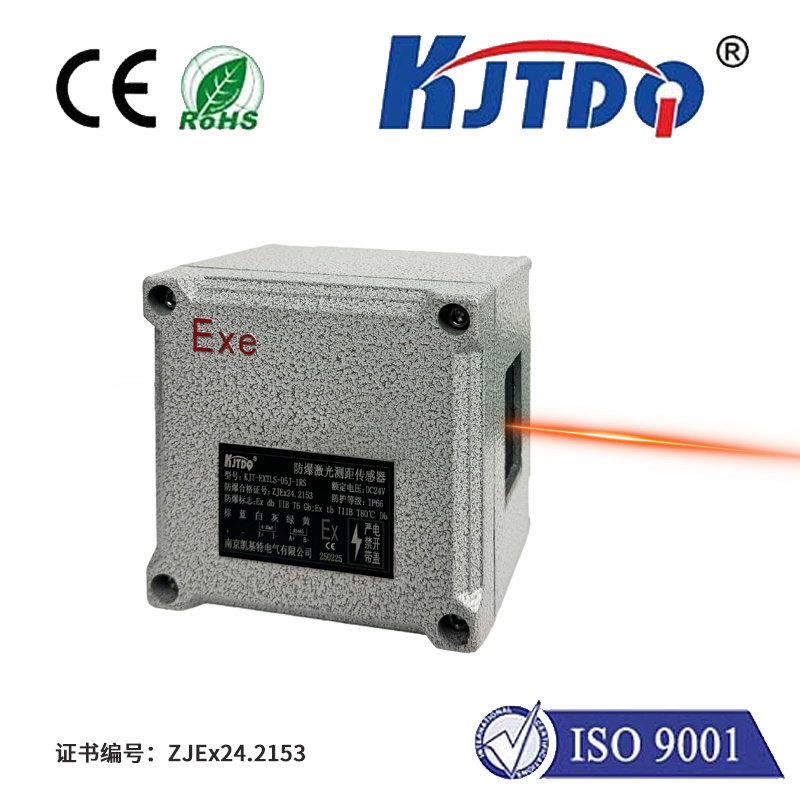different types of distance sensors
- time:2025-06-21 00:18:12
- Нажмите:0
Demystifying Distance Sensors: Choosing the Right Tech for Precision Measurement
Invisible threads weave through our technology-driven world. Getting an object’s location using radar, guiding robots through factories, making your phone focus the camera, or making a car park itself - that is the magic of distance sensors. These crucial components silently measure the gap between themselves and objects without contact. But with several distinct distance sensor types relying on different physical principles, selecting the right one is paramount. Understanding their operation, strengths, limitations, and ideal applications unlocks the potential for accurate, reliable measurements in diverse settings.
Why Distance Matters
Precise distance measurement is fundamental across countless fields. In industrial automation, it ensures robotic arms place components perfectly. Autonomous vehicles rely on it heavily for navigation and collision avoidance. Consumer electronics use it for features like face unlock and camera focus. Building automation, security systems, agriculture, drones, and countless other sectors depend on accurate proximity sensing. Choosing the correct distance measurement technology directly impacts performance, cost, and reliability.

Unveiling the Major Distance Sensor Technologies
Let’s delve into the most common types, categorized by their underlying working principle:
- Ultrasonic Sensors: Sound Waves for Versatility
- How They Work: These sensors emit high-frequency sound pulses (inaudible to humans) and measure the time it takes for the echo to bounce back from a target object. Distance is calculated based on the known speed of sound.
- Key Strengths: Relatively low-cost, effective at detecting a wide range of materials (including transparent objects and liquids), robust in dusty or foggy environments, good non-contact measurement range (typically cm to several meters), simple interfacing.
- Limitations: Sound speed varies with temperature and humidity (requiring compensation), susceptible to acoustic noise interference, limited accuracy (especially at longer ranges), relatively slow response time compared to optical sensors, wide beam angle can cause reflections from unintended objects.
- Typical Applications: Parking assistance systems, tank level monitoring, object detection on conveyors, robotics obstacle avoidance, presence detection.
- Infrared (IR) Sensors (Reflective/Time-of-Flight): Light-Based Proximity
- How They Work: This category primarily includes two sub-types:
- Reflective (Proximity): Emit infrared light; distance is estimated by measuring the intensity of the reflected light. Simpler but less accurate for precise distance.
- Time-of-Flight (ToF): Measure the actual time it takes for a modulated IR light pulse to travel to the target and back. This provides a direct distance measurement.
- Key Strengths: Compact size, low power consumption, good for close-range applications (mm to a few meters), ToF variants offer reasonable accuracy and speed, relatively immune to ambient light interference (with filtering/modulation), cost-effective.
- Limitations: Performance highly dependent on object surface properties (color, reflectivity, texture) – dark or non-reflective surfaces pose challenges. Range is often limited compared to ultrasonic or LiDAR. Environmental factors like dust or steam can scatter the light.
- Typical Applications: Proximity detection in phones/tablets (screen on/off), touchless faucets/soap dispensers, simple object counting, short-range robot navigation, basic gesture recognition, ToF in camera focus.
- Laser Distance Sensors (Triangulation & Time-of-Flight): Focused Precision
- How They Work: Primarily two dominant methods:
- Laser Triangulation: A laser dot is projected onto the target. A lens in the sensor focuses the reflected dot onto a position-sensitive detector (like a CCD). The dot’s position on the detector changes based on the object’s distance. Extremely precise for short ranges.
- Laser Time-of-Flight (Laser ToF): Similar principle to IR ToF but using a highly focused, coherent laser beam. Measures the round-trip time of a laser pulse. Better suited to longer ranges.
- Key Strengths: High accuracy and Решимость, small spot size (laser point) allows precise measurement of small objects or edges, long measurement range possible (especially Laser ToF – meters to kilometers), excellent repeatability, fast measurement speed.
- Limitations: Typically higher cost than ultrasonic or basic IR, laser safety considerations (Class 1 or 2 usually), performance can be affected by very bright ambient light or highly reflective surfaces (glare), generally not suitable for transparent objects.
- Typical Applications: Industrial automation (position verification, dimensioning), construction (laser distance meters, leveling), robotics (high-precision navigation), logistics (pallet dimensioning), long-range surveying (Laser ToF).
- LiDAR (Light Detection and Ranging): 3D Mapping Master
- How They Work: LiDAR systems rapidly fire numerous laser pulses in a scanning pattern (rotating, MEMS mirrors, solid-state). They precisely measure the time-of-flight for each pulse to return. By combining this with the scanner’s position/orientation, they create detailed high-resolution 3D point cloud maps of the environment.
- Key Strengths: Exceptional accuracy and Решимость, generates rich 3D spatial data, long range capability (depends on laser power), high data density, operates effectively day and night.
- Limitations: Significantly higher cost than other options, complex data processing required, physical size can be larger (especially mechanical scanners), performance degradation in adverse weather (fog, heavy rain, snow).
- Typical Applications: Autonomous driving perception, high-definition mapping, robotics navigation in complex environments, forestry and topography surveys, archaeology.
Selecting the Optimal Distance Sensor: Key Considerations
Choosing the right proximity sensor technology isn’t a one-size-fits-all decision. Careful analysis of these factors is essential:
- Required Measurement Range: How far away is the target? Ultrasonic and LiDAR handle longer ranges; IR and triangulation lasers excel close-up.
- Accuracy and Resolution: Do you need millimeter precision (laser triangulation, LiDAR), or is centimeter-level sufficient (ultrasonic, IR ToF)?
- Target Properties: What is the material, color, texture, and reflectivity? Will it be transparent? This heavily impacts IR and laser sensors.
- Environment: Temperature range? Presence of dust, moisture, fog, smoke, or intense ambient light? Affects ultrasonic and optical sensors differently.
- Measurement Speed (Update Rate): How fast do you need readings? LiDAR and laser ToF are very fast; ultrasonic can be slower.
- Field of View / Spot Size: Do you need a narrow beam (laser) or a wider detection cone (ultrasonic)? Is dense spatial mapping required (LiDAR)?
- Cost Constraints: Budget limitations will naturally filter options, with ultrasonic and basic IR generally being the most economical entry points.
Integration and the Future
Integrating distance measurement technology effectively involves not just the sensor choice but also signal conditioning, processing power, and reliable communication protocols. Advancements continue, with solid-state LiDAR miniaturizing and lowering costs, while sensor fusion (combining data from multiple sensor types like LiDAR, radar, and cameras) is becoming increasingly crucial for robust systems, especially in autonomous applications. New Time-of-Flight sensors leveraging advanced semiconductor technologies are pushing boundaries in miniaturization and performance. Selecting the right

